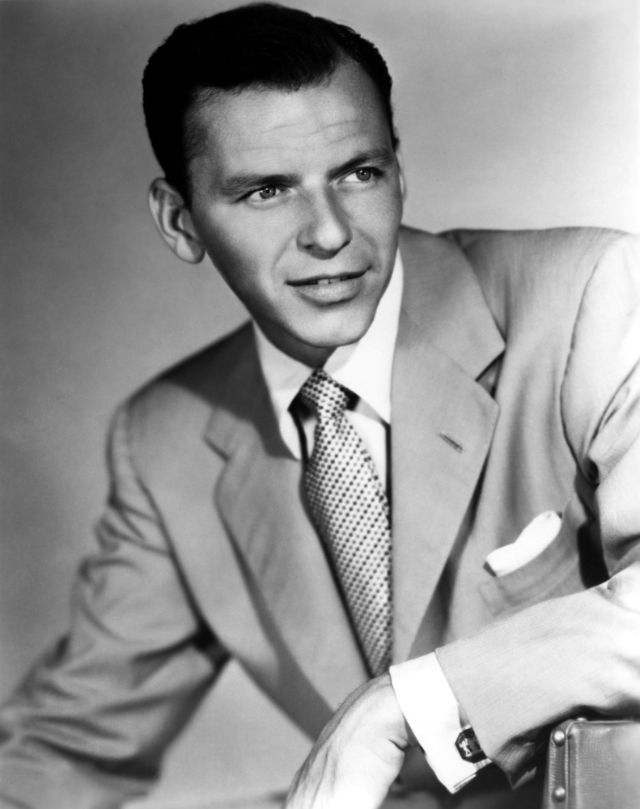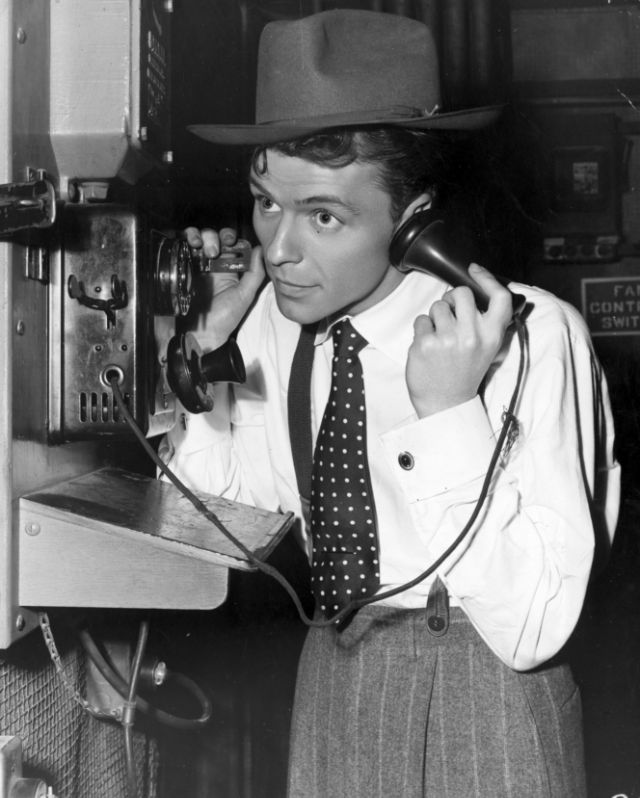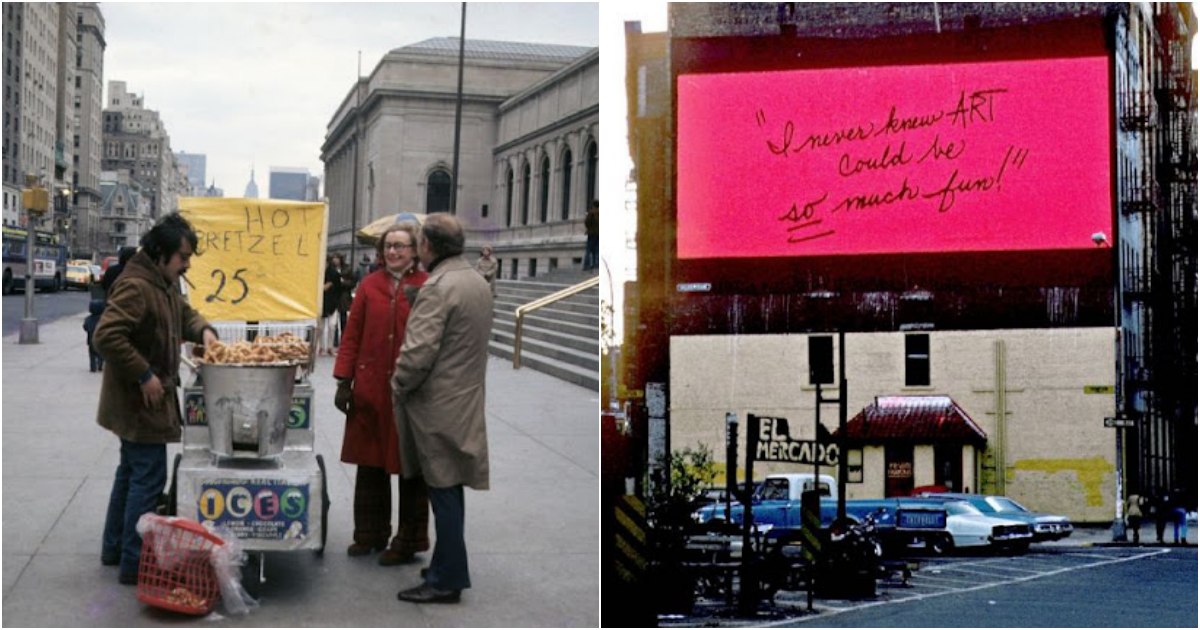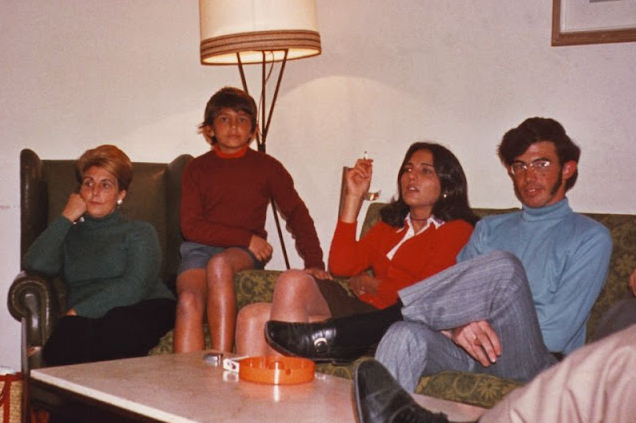Frank Sinatra, in full Francis Albert Sinatra, was an American singer and motion-picture actor who, through a long career and a very public personal life, became one of the most sought-after performers in the entertainment industry; he is often hailed as the greatest American singer of 20th-century popular music.
Frank Sinatra was born on December 12, 1915, in Hoboken, New Jersey. The only child of Sicilian immigrants, a teenaged Sinatra decided to become a singer after watching Bing Crosby perform in the mid-1930s. He’d already been a member of the glee club in his high school and began to sing at local nightclubs. Radio exposure brought him to the attention of bandleader Harry James, with whom Sinatra made his first recordings, including “All or Nothing at All.” In 1940, Tommy Dorsey invited Sinatra to join his band. After two years of chart-topping success with Dorsey, Sinatra decided to strike out on his own.
Between 1943 and 1946, Sinatra’s solo career blossomed as the singer charted a slew of hit singles. The mobs of bobby-soxer fans Sinatra attracted with his dreamy baritone earned him such nicknames as “The Voice” and “The Sultan of Swoon.”
“It was the war years, and there was a great loneliness,” recalled Sinatra, who was unfit for military service due to a punctured eardrum. “I was the boy in every corner drugstore who’d gone off, drafted to the war. That was all.”
Sinatra made his movie acting debut in 1943 with the films Reveille With Beverley and Higher and Higher. In 1945, he won a special Academy Award for The House I Live In, a 10-minute short made to promote racial and religious tolerance on the home front.
Sinatra’s popularity began to slide in the postwar years, however, leading to a loss of his recording and film contracts in the early 1950s. But in 1953, he made a triumphant comeback, winning an Oscar for supporting actor for his portrayal of the Italian American soldier Maggio in the classic From Here to Eternity. Although this was his first non-singing role, Sinatra quickly found a new vocal outlet when he received a recording contract with Capitol Records in the same year. The Sinatra of the 1950s brought forth a more mature sound with jazzier inflections in his voice.
Frank Sinatra left behind a massive catalog of work that includes iconic tunes like “Love and Marriage,” “Strangers in the Night,” “My Way” and “New York, New York.” He died on May 14, 1998, in Los Angeles, California. Here, below we collected 20 black and white photos of a very young and handsome Frank Sinatra in the 1940s:
Black and White Photos of a Very Young Frank Sinatra in the 1940s
Black and White Photos of a Very Young Frank Sinatra in the 1940s
Black and White Photos of a Very Young Frank Sinatra in the 1940s
Black and White Photos of a Very Young Frank Sinatra in the 1940s
Black and White Photos of a Very Young Frank Sinatra in the 1940s
Black and White Photos of a Very Young Frank Sinatra in the 1940s
Black and White Photos of a Very Young Frank Sinatra in the 1940s
Black and White Photos of a Very Young Frank Sinatra in the 1940s
Black and White Photos of a Very Young Frank Sinatra in the 1940s
Black and White Photos of a Very Young Frank Sinatra in the 1940s
Black and White Photos of a Very Young Frank Sinatra in the 1940s
Black and White Photos of a Very Young Frank Sinatra in the 1940s
Black and White Photos of a Very Young Frank Sinatra in the 1940s
Black and White Photos of a Very Young Frank Sinatra in the 1940s
Black and White Photos of a Very Young Frank Sinatra in the 1940s
Black and White Photos of a Very Young Frank Sinatra in the 1940s
Black and White Photos of a Very Young Frank Sinatra in the 1940s
Black and White Photos of a Very Young Frank Sinatra in the 1940s
Black and White Photos of a Very Young Frank Sinatra in the 1940s























